Marijuana pests or bugs are things every grower will encounter and has to control and identify. Humans aren’t the only creatures on the planet who enjoy the unique taste of cannabis, and, unfortunately, many of the tiny critters can ruin a whole crop of cannabis extremely quickly.
- Ants
- Aphids
- Birds
- Catapillars
- Cats and Dogs
- Cutworms
- Crickets and Grasshoppers
- Deer
- Fungus Knats
- Gophers
- Leaf Miners
- Mealy Bugs
- Rats and Mice
- Snails and Slugs
- Spider Mites
- Thripes
- White Flies
During the cultivation process, you’ll encounter caterpillars, moths, mealybugs, ants, and the dreaded spider mites. They’re all bad news. Plus, you want to be especially careful when dealing with them. Although pesticides might seem like an attractive option, they can ruin your buds just as easily, making them unsafe for consumption.
Your best bet is to be preventative rather than reactive: try to make the environment as inhospitable to pests as you can. Otherwise, try to use organic deterrents that will be safe for human consumption if they contaminate the plant matter.
Ants
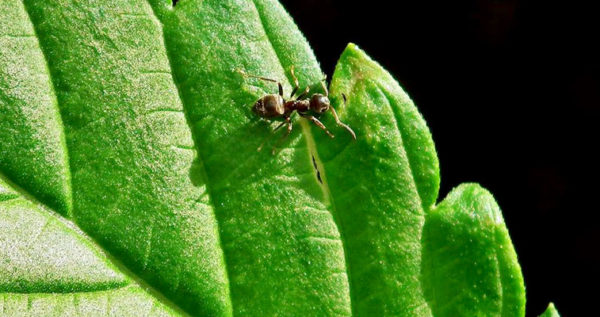
Ants are something of a deceptive pest. They don’t directly threaten your cannabis plants, but they are a strong indicator of other issues which aren’t as easily noticeable. Ants don’t eat your cannabis, instead they will be attracted to the area because of other pests like whiteflies or aphids. If you see ants in your growing environment, make a thorough sweep of the area to see if there are any other pests damaging your cannabis.
Additionally, the way ants dig tunnels and mound up soil can damage root systems and make it difficult to get good nutrient and water circulation among the roots. Surprisingly enough, one of the most innocuous ways for you to deal with ants is the application of cornmeal. Just spread it into the substrate.
Aphids
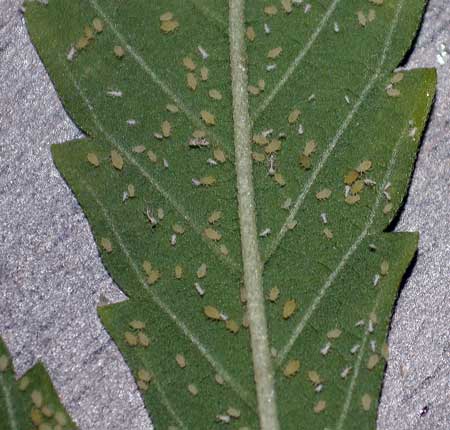
Aphids: tiny, pale, and one of the most irritating pests you will encounter. A big part of the problem is their small size. Aphids are very easy to miss. They’ll cling to the undersides of the cannabis leaves, draining out nutrients and reproducing very quickly. Indoors, in a controlled environment, aphids can ruin an entire growing operation with alarming speed. Outdoors, there are a number of natural predators which can help protect your plants.
As mentioned above, the presence of ants in your cannabis garden is one of the best ways to predict a possible aphid problem. To get rid of aphids, there are a number of different options available. The best choice is usually an organically based spray that you can apply to the undersides of the foliage.
Birds

There are a number of tried-and-true methods for helping to prevent birds from eating all of your seeds after you plant them. You can use scarecrows or netting. Another method is to litter the area around your plants with shiny reflective objects. Ideally, you should choose a method that is reversible, you can get the birds back after your plants have sprouted. That way you can benefit from the positive aspects of the birds. Scarecrows are usually the easiest option, and often the most fun, besides.
Caterpillars
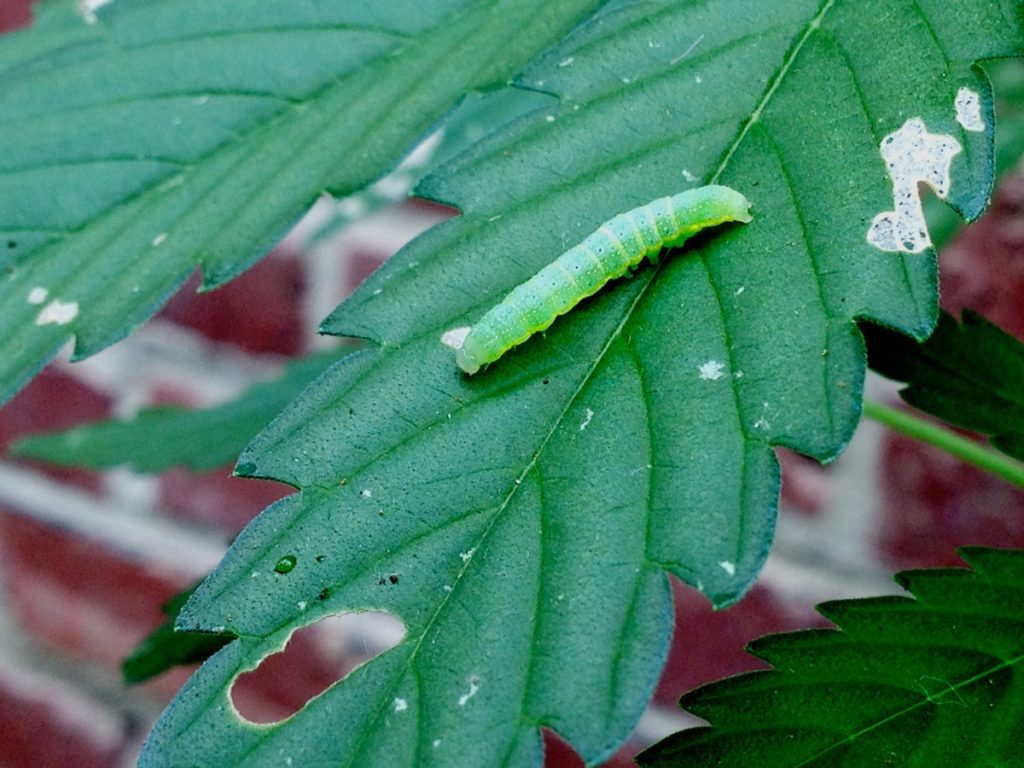
Caterpillars can be extremely hazardous to your cannabis crop. They have a voracious appetite, and they often go unnoticed until they’ve already done significant damage to your foliage. In particular, beware of the ‘borer’ varieties of caterpillars, which will burrow into the plants delicate interior and eat it from the inside out. If you don’t pay close attention, your whole plant will be dead and hollow without you ever even knowing you have pest issues.
Unfortunately, even caterpillars that stay on the exterior of your plant can still ruin your crop. Caterpillars are strongly attracted to cannabis, and they will actively seek it out as a food source. Outdoors, you can get help from wasps and praying mantises, but there are number of organic deterrents you can use as well.
Cats and Dogs

We love our pets, but anyone who owns cats or dogs knows very well that they can cause trouble. For the most part, you probably don’t need to worry about pets eating your cannabis (although you never know what they’ll want to chew on). The real issue is urine and defecation. Especially if you are using soil, there is a risk that your cat or dog will choose that spot to answer nature’s call. While you might think ‘Hey, free fertilizer!’, you really don’t want pet urine or feces to mix with your crops.
Cat urine is extremely high in ammonia and can badly damage your plants (besides the terrible smell). Plus, fecal matter from pets can attract parasites and pests that you don’t want crawling around. In general, you’re better off keeping pets far away from your cannabis plants.
Cutworms
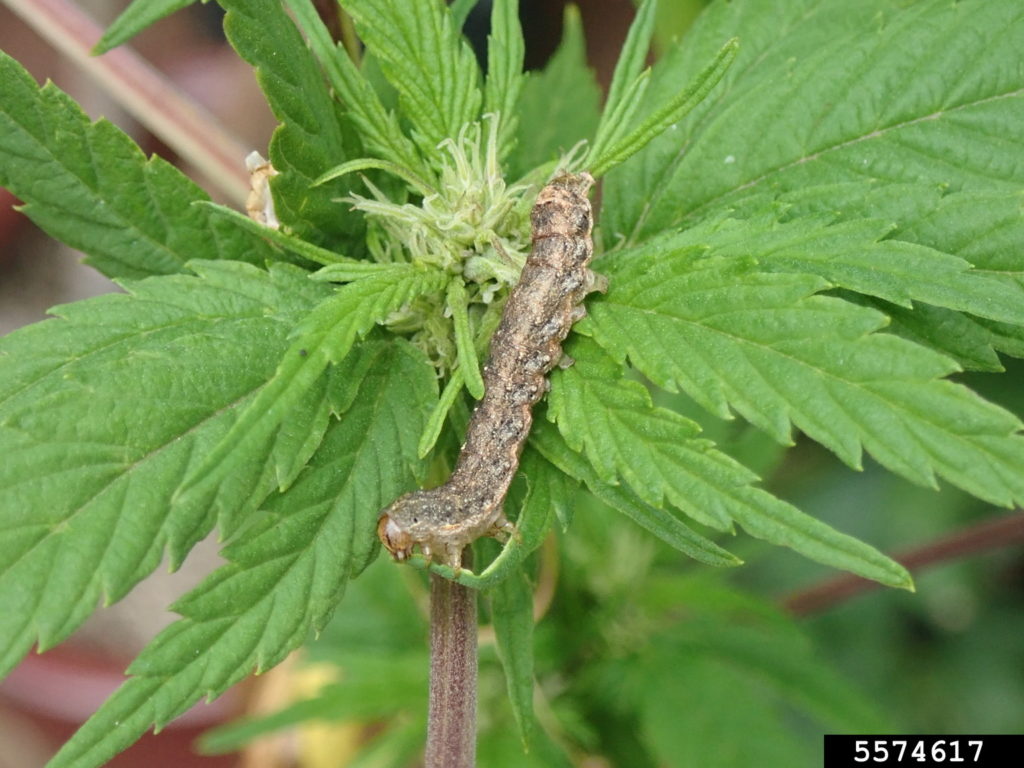
Thankfully, it’s not too difficult to get rid of cutworms. Like some of the other pests listed here, they have a number of natural predators, so sometimes they’ll just go away without any extra intervention. Often, you can get rid of cutworms just by tilling the soil or planting sunflowers around the edges of your cannabis garden. Tilling is a good reactive measure, will the sunflowers are preventative, allowing you to keep cutworms out until the plants are big enough that you don’t need to worry about cutworms.
Crickets and Grasshoppers
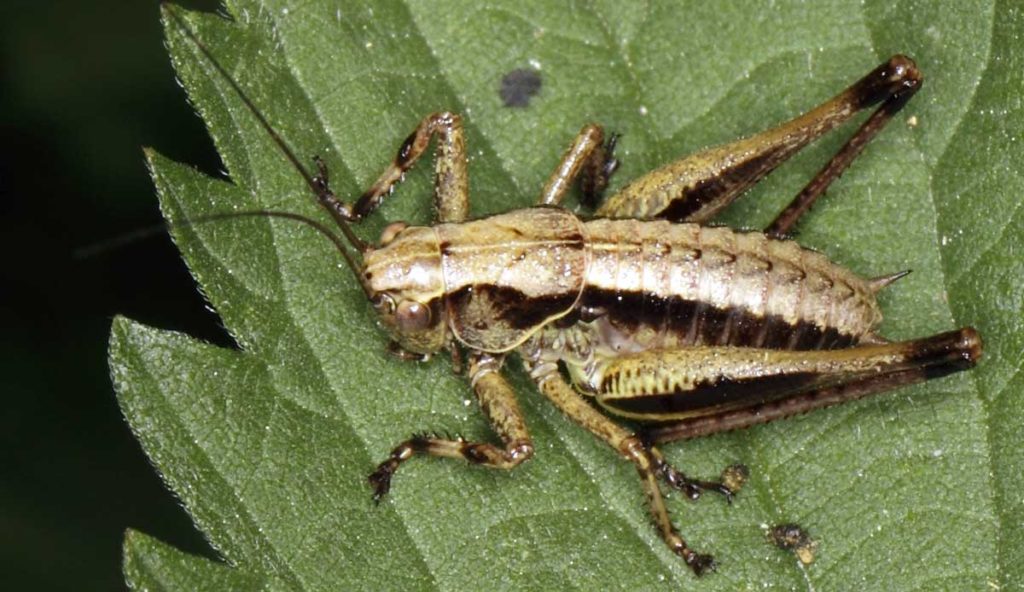
Grasshoppers and crickets are common outdoor pests all over the world, and they have the potential to wreak havoc on your cannabis crop. They have voracious appetites, and if you let them, they’ll make your cannabis plants the foundation of their diet. There are a lot of different species of crickets and grasshoppers. Most of them will eat your plants at night, under the cover of darkness, and so they can also be hard to find until after they’ve already done their damage.
Crickets and grasshoppers are pests that you almost certainly don’t want to leave alone. They’re difficult to root out, but without intervention, the problem won’t disappear. Even worse, birds and other predators have to dig up the soil to get at them, which can damage your root systems. Your best bet for getting rid of them is to spray the area with a mixture of diluted dishwashing liquid.
Deer

Deer eat plants. They are herbivores. Unfortunately for the cannabis grower, they don’t take exception to young succulent cannabis specimens. On the plus side, once the cannabis matures, the strong odor won’t be attractive to most deer, and you don’t need to worry about them eating your crop. Until your plants mature, though, deer can be a huge menace. Instead of just damaging the plant beyond repair, they will eat the whole thing, leaving only some ragged root systems behind. The best option for you is a fence. A sturdy, properly constructed fence of adequate height will keep deer out of your garden, and chances are good that they will take their search for food elsewhere.
If you don’t have the resources or space to construct a fence, you have a few other slightly less effective options. First, motion-detecting or flashing lights can scare off deer, who usually feed in the twilight of early morning or late evening. Deer are also very sensitive to scent, and there are a variety of products on the market that can act as deterrents for deer. Some growers report success with garlic or moth balls.
Fungus Gnats
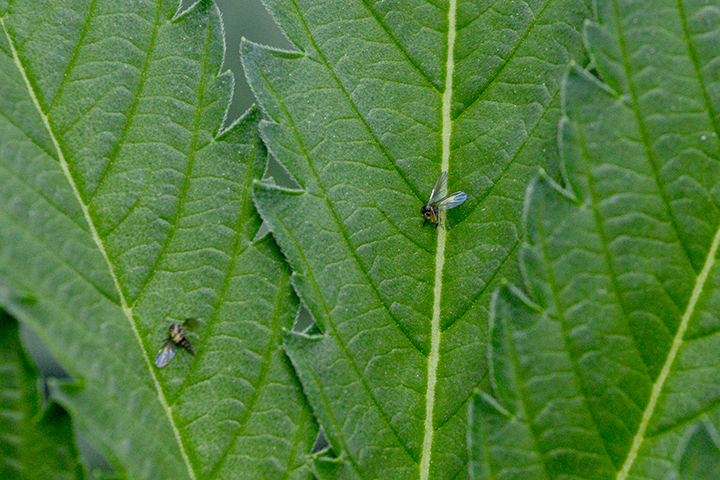
Thankfully, even though the fungus gnats can be nigh impossible to spot, there is an easy method to check for them. All you have to do is put out a sticky pad near the base of the cannabis plant to catch the larvae. This won’t totally fix the problem, but it’ll get a lot of them. To finish up, mix a little bit of peroxide and water and apply that to the area where the fungus gnats are located.
Gophers and Moles
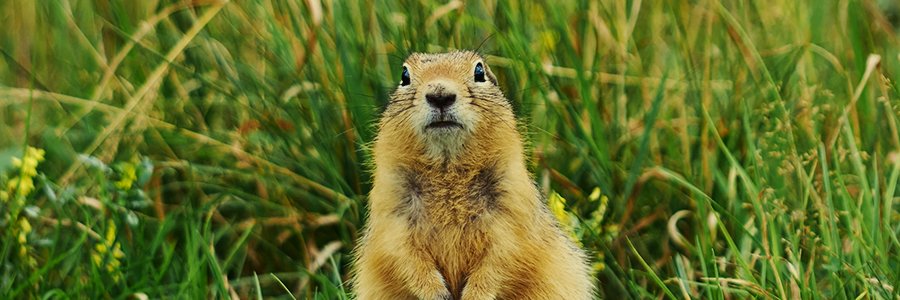
These two underground rodents present some clear potential issues. Anytime you have a burrowing critter; you’ll run the risk of root damage. Fortunately, most of the time, moles steer clear of cannabis root systems. They have no interest in plants. In fact, moles can offer benefits to your cannabis: they’ll aerate the soil and eat any insects they can get their paws on. Gophers, on the other hand, are bad news. Gophers will seek out the roots of your cannabis plant and eat them. Left unmolested, they’ll pull down whole plants into their tunnels.
You can deal with gophers in a lot of different ways. If some gophers take up residence near your plants, you can try to encourage natural predators in the area, like owls or hawks. You can deal with them humanely by applying garlic or castor oil to the area. As a last resort, you can always set traps for gophers.
Leaf Miners
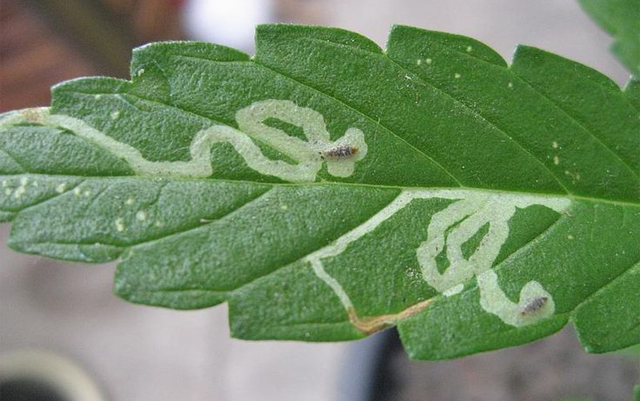
Unfortunately, leaf miners are extremely difficult to get rid of. Pesticides are mostly ineffective against them, and the ones that do work aren’t safe to use on your plants: they’re more harmful than helpful. The only thing to do is seek them out and squish them yourself.
Mealybugs
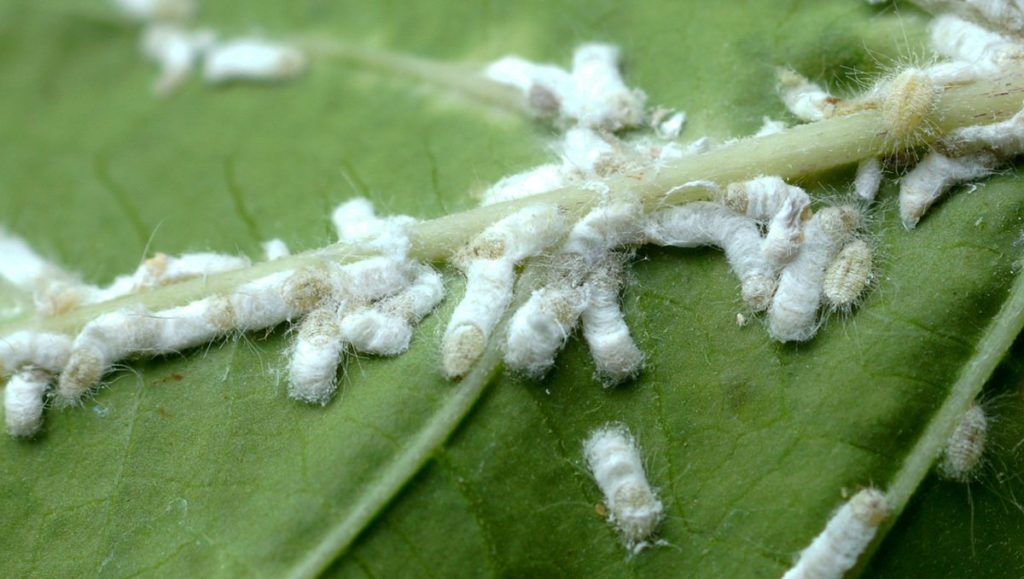
Mealybugs are soft little bugs from the Pseudococcidea family. They live in the nooks and crannies of your cannabis plant. If there aren’t a lot of them, they won’t actually have any negative effects, but beware of their population swelling out of control. The clearest symptom of a mealybug population is the occurrence of white, gauzy balls that the bugs weave. Some of the foliage might also begin to develop blotchy patches.
Marijuana pest control is something gardeners have had to deal with for centuries.
Curiously enough, one of the easiest ways to tell that you might be at risk for a mealybug infestation is the presence of ants. Ants offer protection for the mealybugs by keeping the environment clear of other insect predators. To get rid of mealy bugs, you can simply clean them off the plant by hand or use a natural product like lemon juice as a deterrent.
Rats and Mice
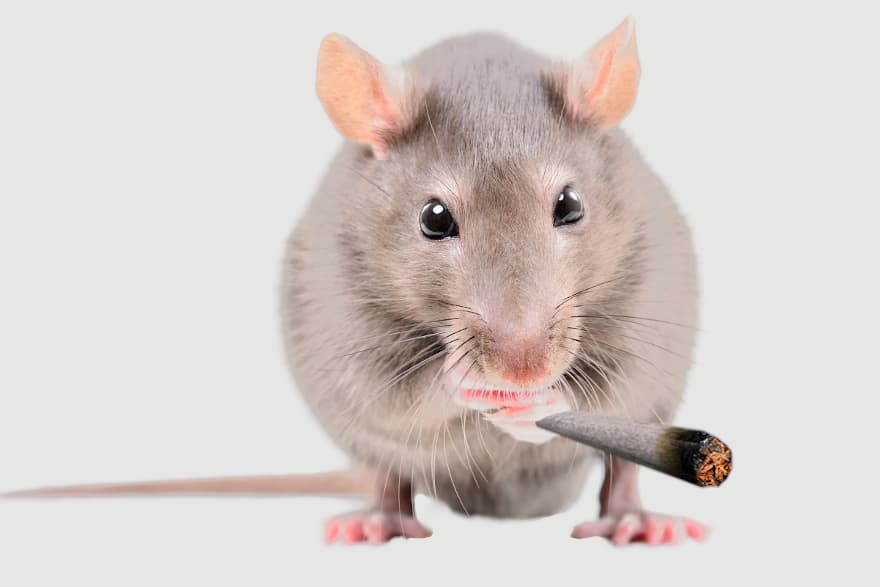
Rats and mice are the universal pests. Although they’re not specifically drawn to eat cannabis plants, they are omnivores and will eat your plants if they don’t have a better option available. In the case of rats, they might just chew through the cannabis plant as a reflexive action to control their constantly growing incisors. Both rats and mice are very wary of humans and have excellent senses. You might not see them, or be aware of their presence.
As with many of the pests listed in this index, your best bet is to take preventative rather than a reactive measure to keep rats and mice away. That is; you should do your best create an environment that discourages them from being around. Ideally, you’ll have some sort of other predators around to help with this, but you can always resort to traps.
Snails and Slugs
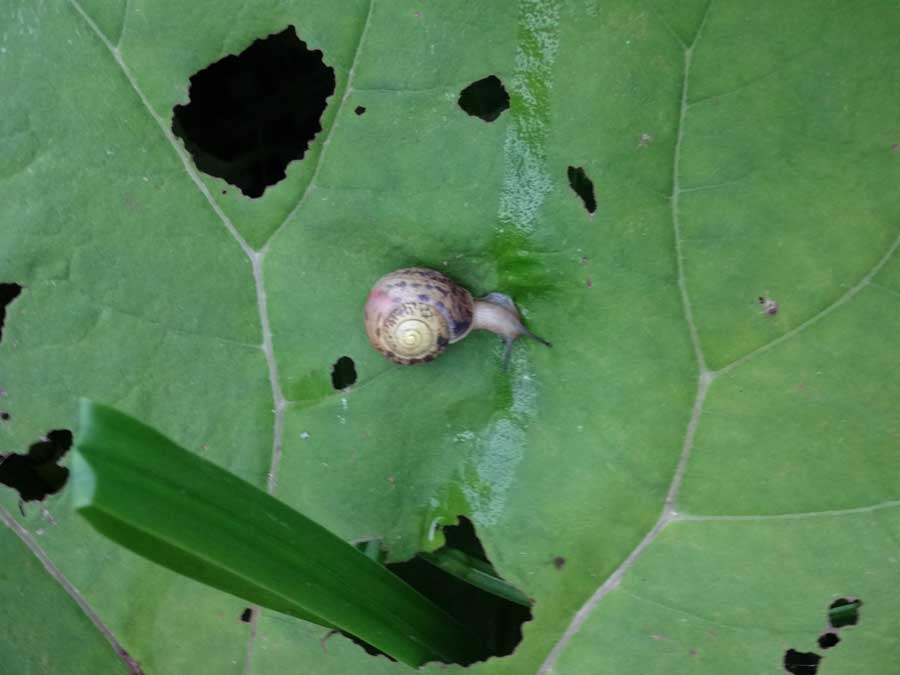
If you grow cannabis outdoors, you’ve probably run into issues with snails and slugs before. They’re a common pest for cannabis growers. They’ll leave those glistening trails of gloop everywhere, and usually they’re very noticeable because of it. Snails and slugs both subsist on plant matter, and they will cause a lot of damage to the plant if you leave them alone. The best way to deal with slugs and snails is to create an environment that is hospitable to amphibians: toads and frogs are natural predators. You can do this by adding in ponds or water features near your plants.
If that’s too much trouble, or just not an option at all, you can also apply salt to the area to make it inhospitable and dangerous for slugs. Surprisingly enough, beer can also be used to help discourage slugs and snails from tromping around your cannabis garden.
Spider Mites
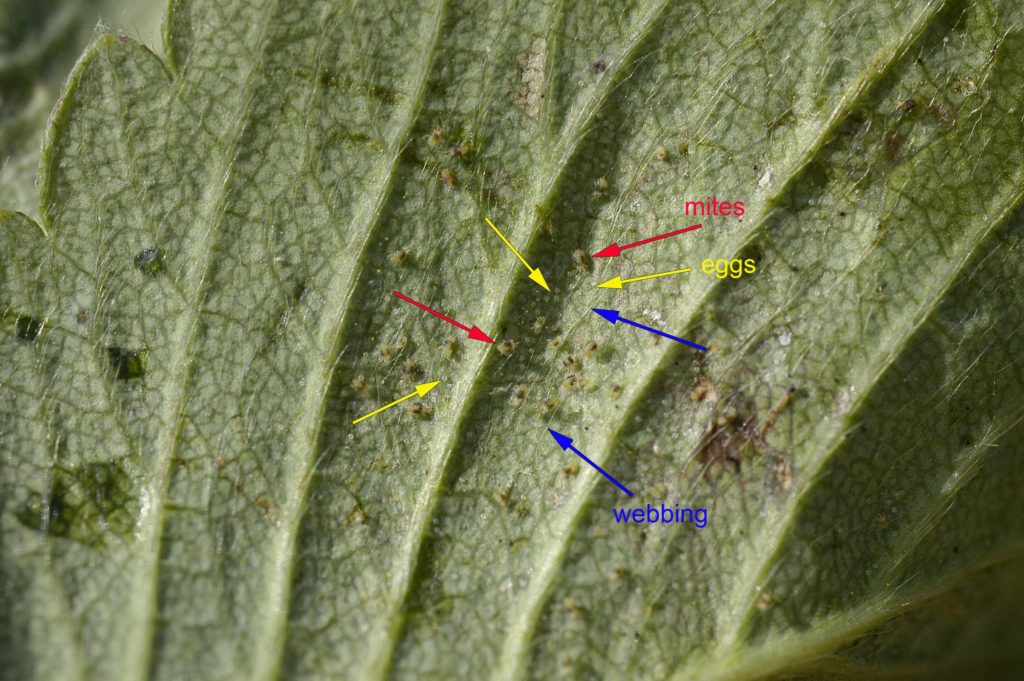
The most common problem for cannabis growers is infestation by spider mites. They can create a huge hassle for your garden. Spider mites reproduce extremely quickly, and they reach full maturity in less than a week. This means it’s easy to be swiftly overrun by the tiny creatures in a short amount of time. Spider Mites feed on your plants, draining out valuable nutrients and chlorophyll until the plant dies. Left to their own devices, spider mites will quickly ruin your entire cannabis crop.
Thankfully, there are a wide variety of different ways to treat spider mites, including a number of safe, natural remedies. Ladybugs are ubiquitous to many parts of the world, and they are a fantastic predator for spider mites. Consider introducing them to the environment to deal with the problem. Spider mites can also be sprayed with a mix of neem oil and water. This will knock them off the plant, and they can have difficulties getting back onto it. Since their metabolism is so fast, they will die quickly without access to their food source.
Thrips
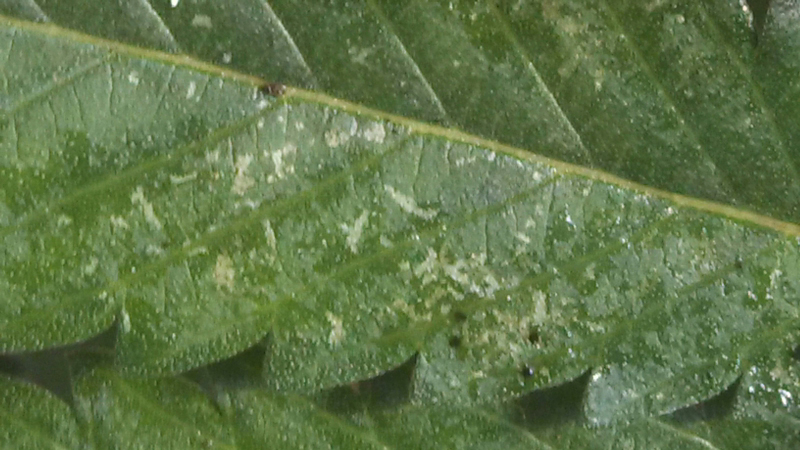
Although the thrip is a very small insect, it can create huge issues in your cannabis garden. Their primary source of food is the flower itself, which means your plant won’t be able to properly mature, and you won’t get a good yield out of your plants. Thrips are also known for spreading plant diseases, which can sometimes cause even more damage than the tiny insects themselves. In any case, thrips are bad news.
When you run into trouble with your grow you’ll want to act as fast as possible to prevent bigger problems.
As with most pests, the best way to deal with thrips is preventative action. Stop them before they even get into your garden. Using the highest quality compost and maintaining a clean environment for your plants is a good way to help you in this regard. If you already have thrips infesting your plants, however, you’ll need to get rid of them. There are a number of predatory mites that you can introduce to the area. This will help curb their population. Alternatively, you can spray them with a mix of neem oil and water. This will knock them off the plant and help protect your flowers.
White flies
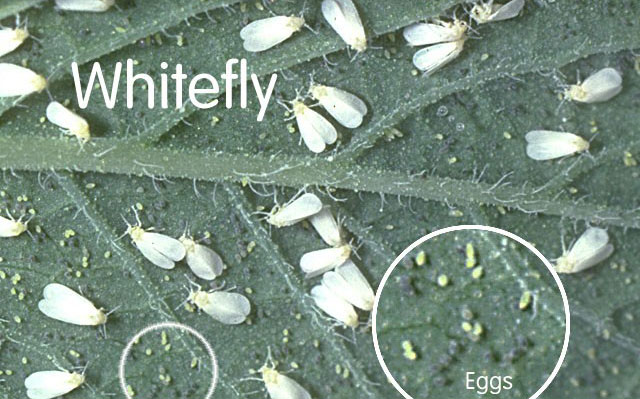
Whiteflies live on the undersides of cannabis leaves and chew on the plant matter. They are flying insects, and they’re very small. The biggest problem with whiteflies is the one-two punch combination of mobility and their high potential for spreading disease. Like the thrip, whiteflies can spread diseases throughout your entire crop, ruining an otherwise great harvest. As with the other pests we’ve talked about, your best bet is to prevent these sorts of infestations before they occur at all. If the whiteflies never show up at all, you never have to worry about them spreading any diseases.
Again, pest management techniques usually start by creating an environment that is inhospitable to the pest itself. The best way to accomplish this is by introducing and encouraging natural predators. For example, planting zinnias or other colorful flowers will help attract hummingbirds and insects which can prey on the whiteflies. You can also create diluted garlic mixes to help discourage the whiteflies.



0 Comments